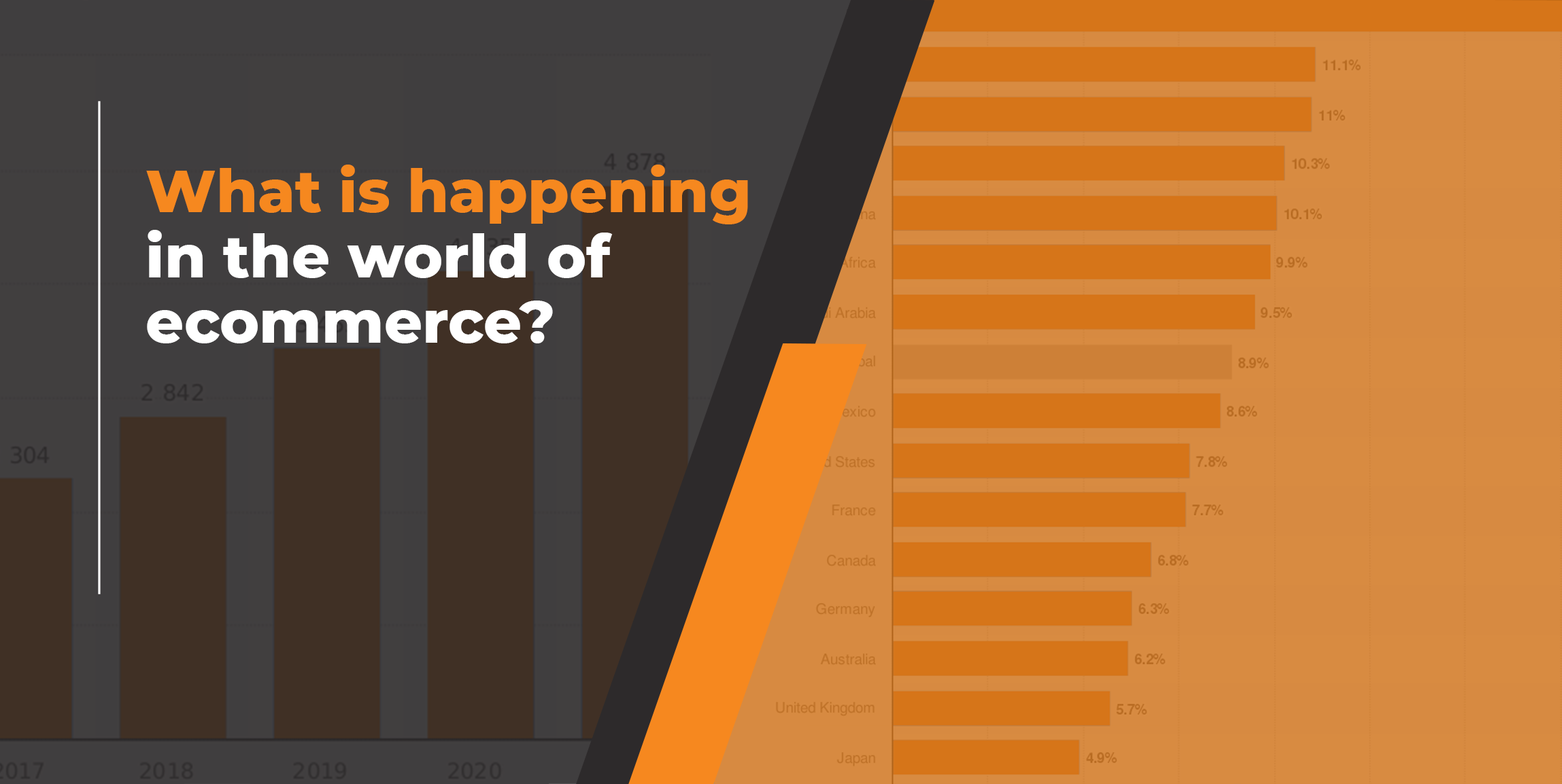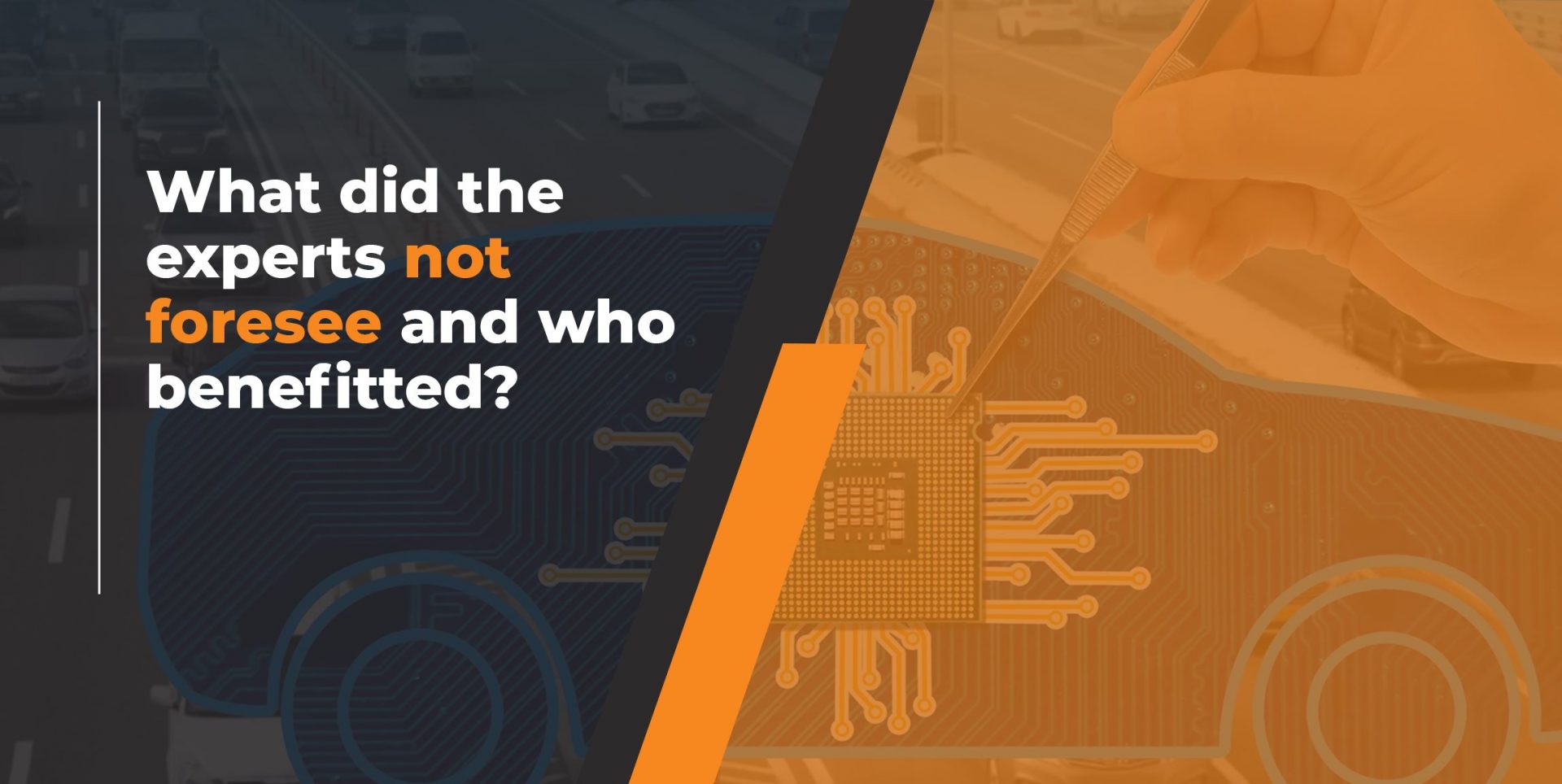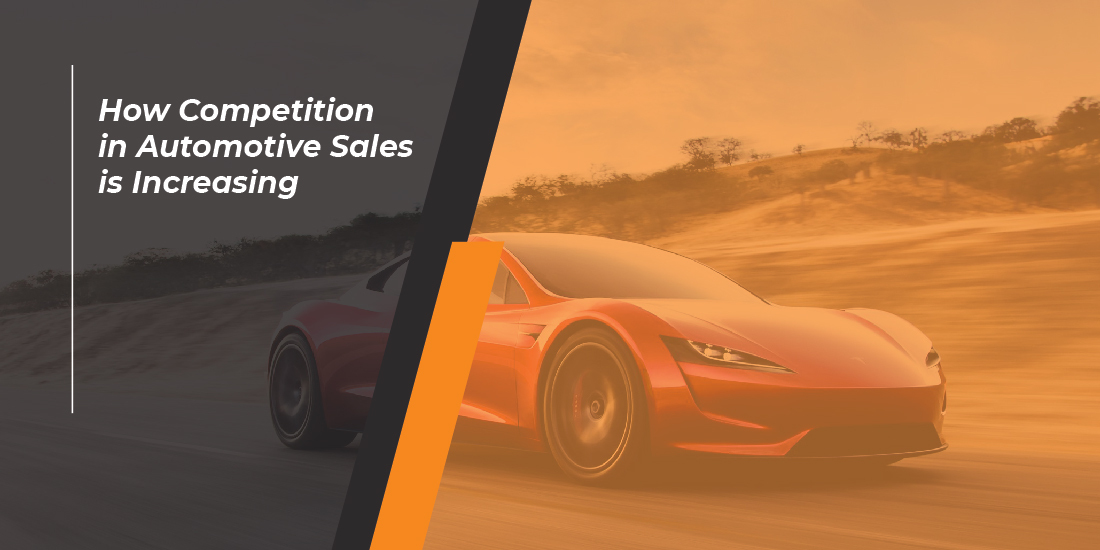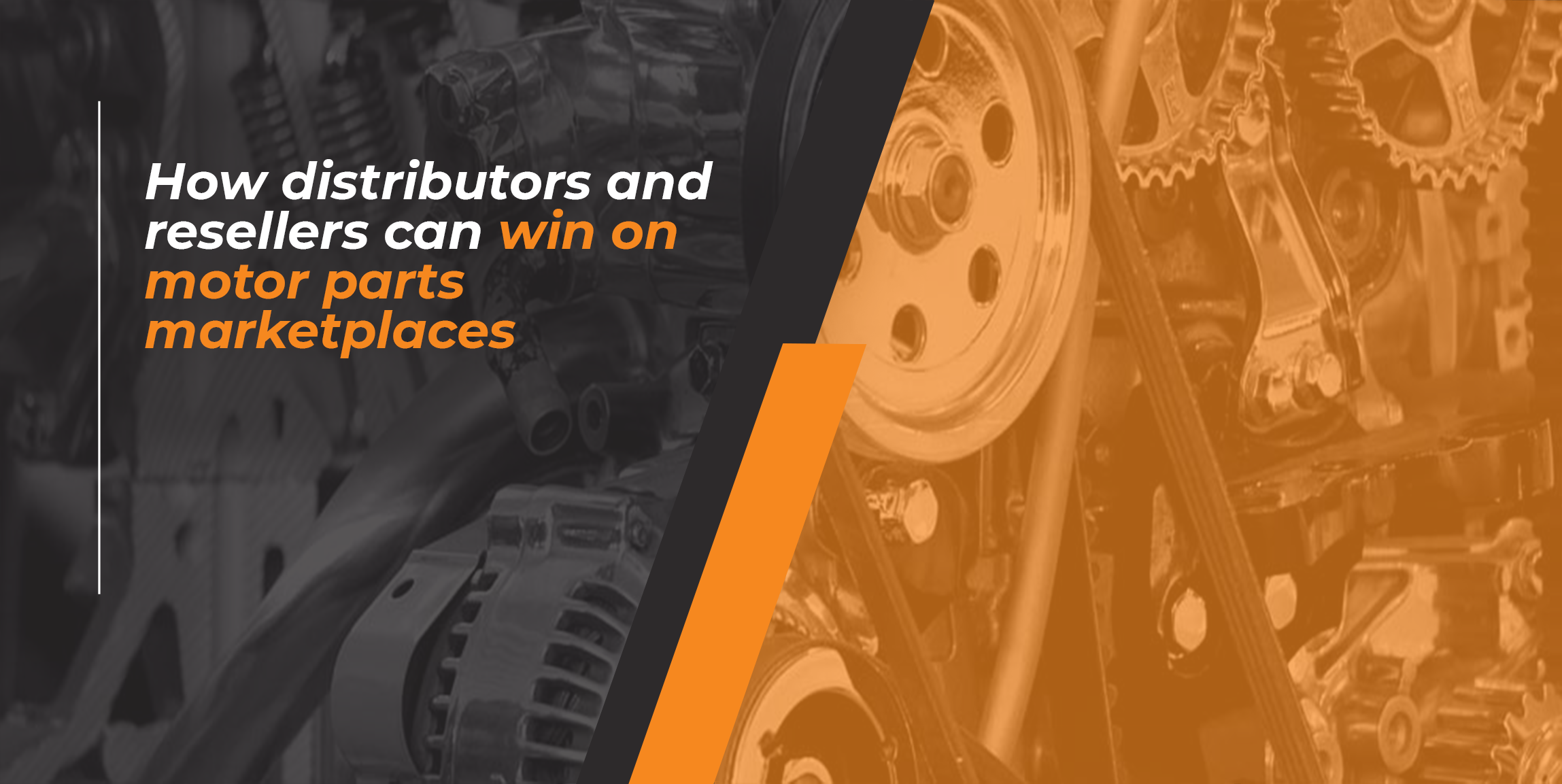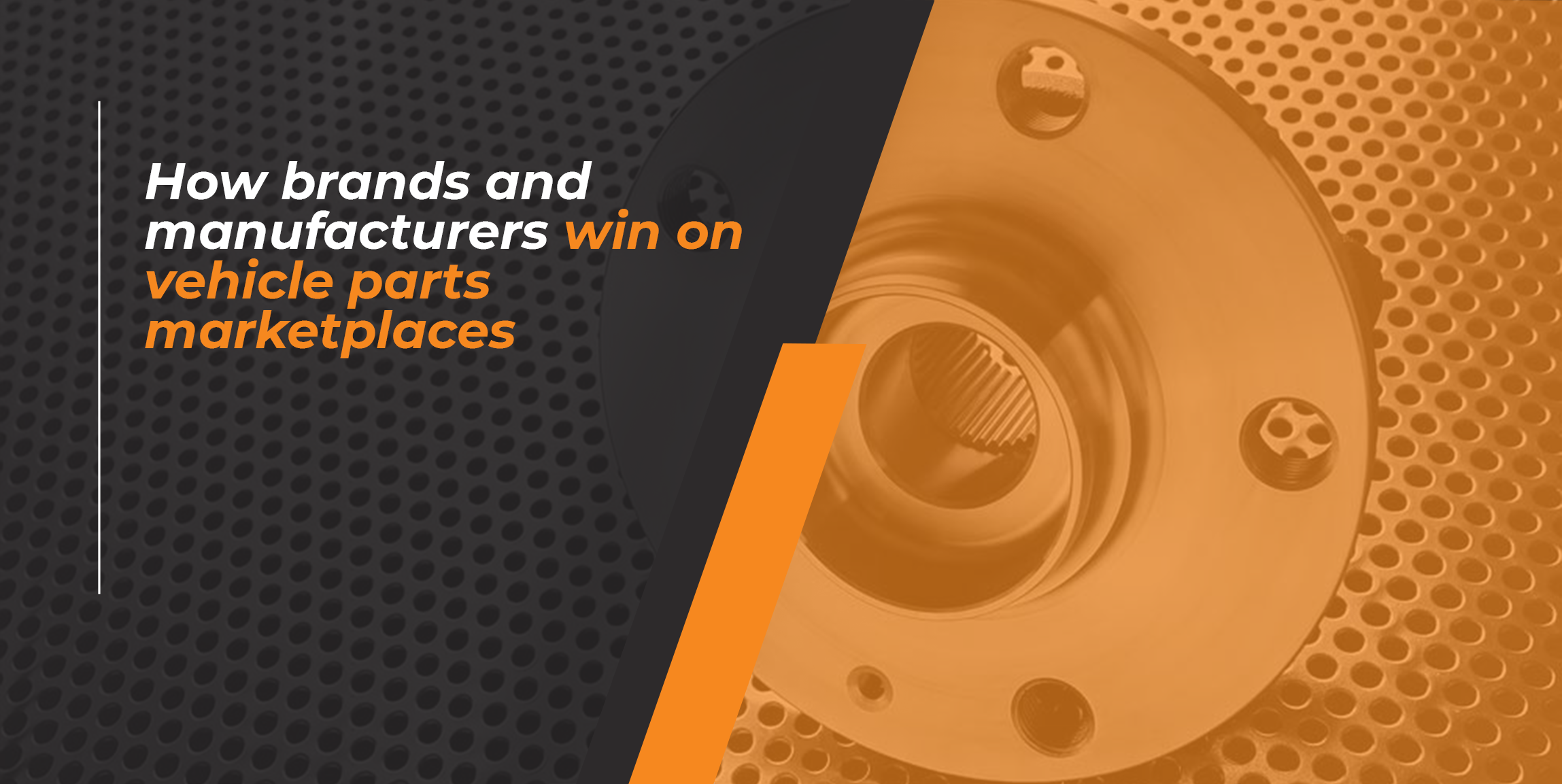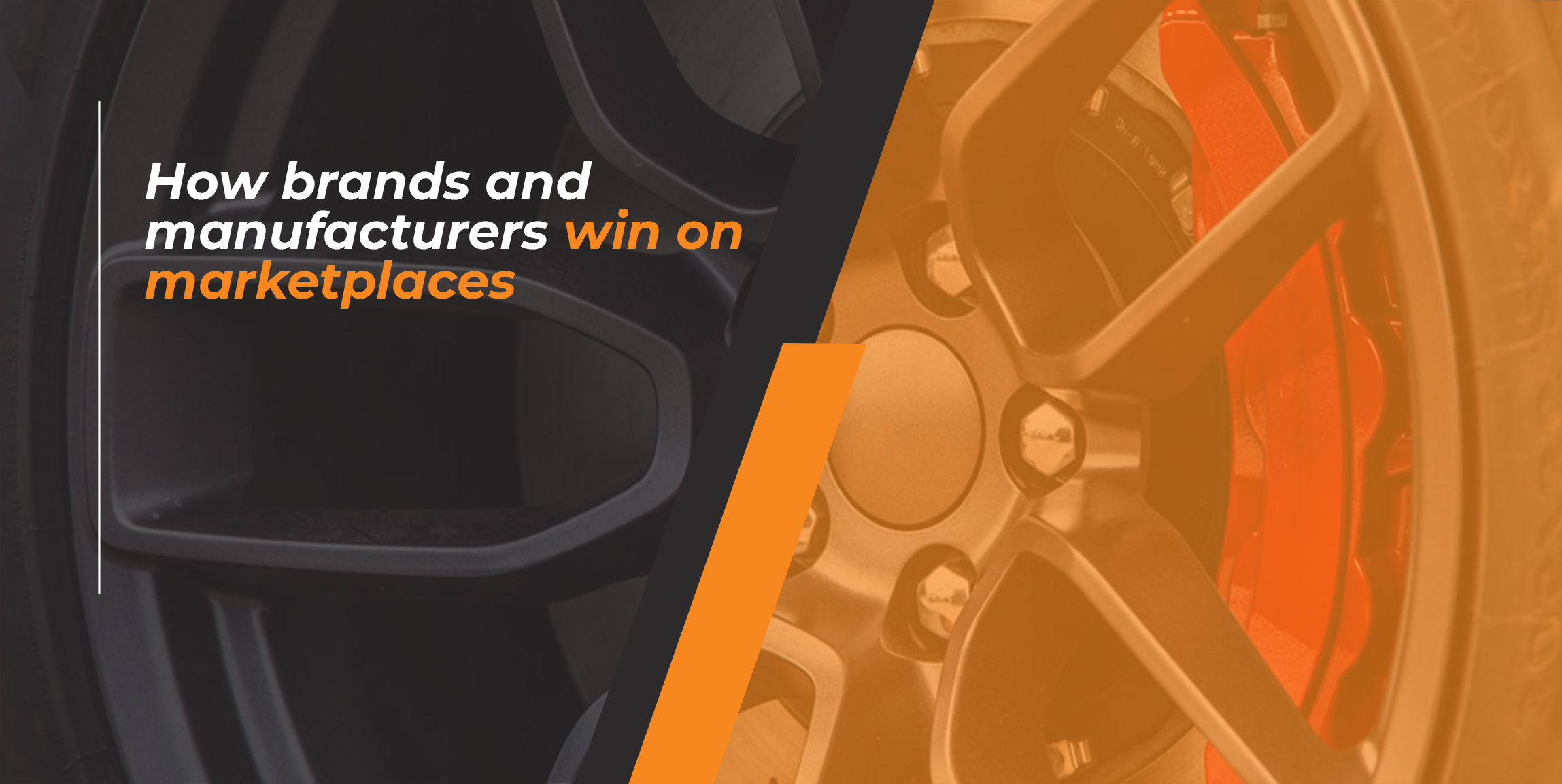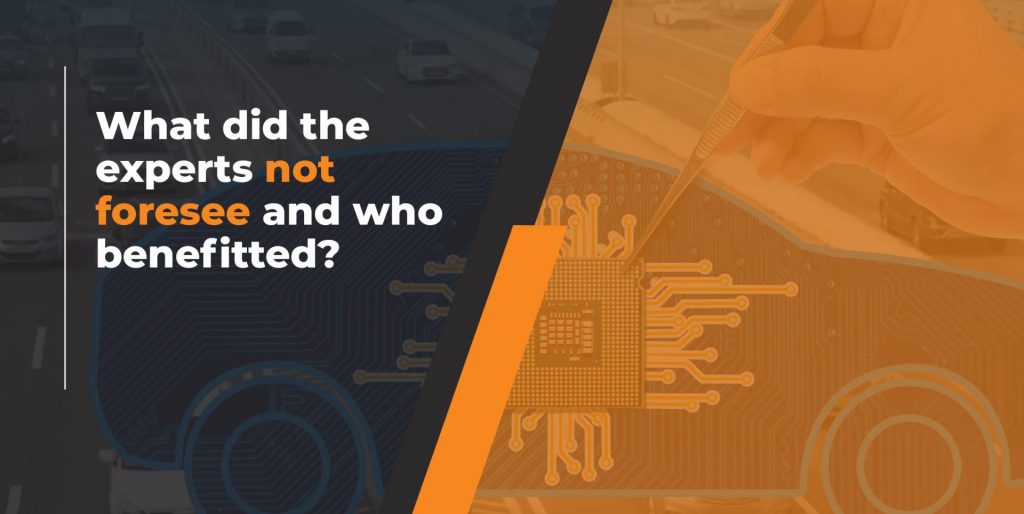
The chips crisis
Some of the smartest and most insightful people work in the automotive sector. They are used to planning things for years to come and using every detail or information they have to enable their companies to meet the standards of safety, fuel economy, and functionality that customers expect. That is why the effect of the global crisis on the semiconductor industry surprises all observers and analysts so much. Some analysts say they don’t think anyone ever planned for this possibility, although car companies often study all sorts of risks, including ones that seem almost impossible to happen.
Chips go into every single thing we buy. Many of them are invested in products that we use again and again for a long time, and others go in disposable products but still invariably surround us and are needed for almost everything we are used to consuming in our world. Another point in history that may have had a strong effect on today’s picture was probably the fact that, when the chip shortage began to be felt, carmakers were cutting their chip orders as they expected car sales to fall around the pandemic. This has led to them being moved to the back of the queues for chip buyers, giving the leading positions to manufacturers of products such as laptops, smartphones, tablets, gaming consoles, and others.
Now that the demand for cars is increasing, manufacturers cannot order as many chips as they need and increase their production because the demand of all players in the chain has also increased while supply is limited. Car companies are not a priority for chipmakers for another reason. This industry needs older and often less powerful chips, which means less revenue for manufacturers. As a result, car companies also look less attractive to chipmakers – after all, chips with so much power aren’t needed to trigger a reversing camera, but when it comes to the chips they need to power a new generation smartphone or laptop, things are radically different. In addition, car companies do not buy the same amount of chips.
The life of a car chip is often much longer than that of the chips used in a laptop or smartphone. Car companies use chips with proven design and reliability that can function for decades in all temperatures, humidity levels and other conditions. It is quite normal to find a car on the aftermarket that is 10, 15, and even more, years old, with almost no chip or electronic device that has had to be replaced during this time. However, this is not the case with products such as smartphones, which are replaced more often and use much more expensive chips.
Alongside that, inflationary pressures are making the car business more and more difficult, increasing the production costs of electric cars.
All of these factors have had the effect of helping the automotive aftermarket. German experts ADAC have identified the following ten cars that they say were the easiest to sell on the aftermarket. To compile this kind of ranking, experts analysed more than half a million sales of cars across Europe and the sale of parts for them.
10. Renault Megane
9. Toyota Corolla
8. Mercedes-Benz E-Klasse
7. BMW 3-Series
6. Audi А6
5. Opel Astra
4. BMW 3-Series
3. Volkswagen Passat
2. Skoda Octavia
1. Volkswagen Golf
As we already discussed in our blog post The Automotive Aftermarket and the story so far prt2 – What does this mean for the aftermarket? New car increases will eventually filter through to an increase in demand for aftermarket parts, tools and accessories, especially in the hybrid and EV categories. There will be a lot of business for the aftermarket for many years to come, but the industry will have to become flexible between servicing a combustion engine and an electric sector. It is still not confirmed if electric aftermarket parts will have a similar split between professional and enthusiasts sourcing these parts for maintenance. With the rapid pace of climate change and governments pushing to change the types of vehicles sold this will have a knock-on effect on the aftermarket.
To find out more about the automotive aftermarket, or for a no-obligation introductory discussion, please contact us.
automotive






